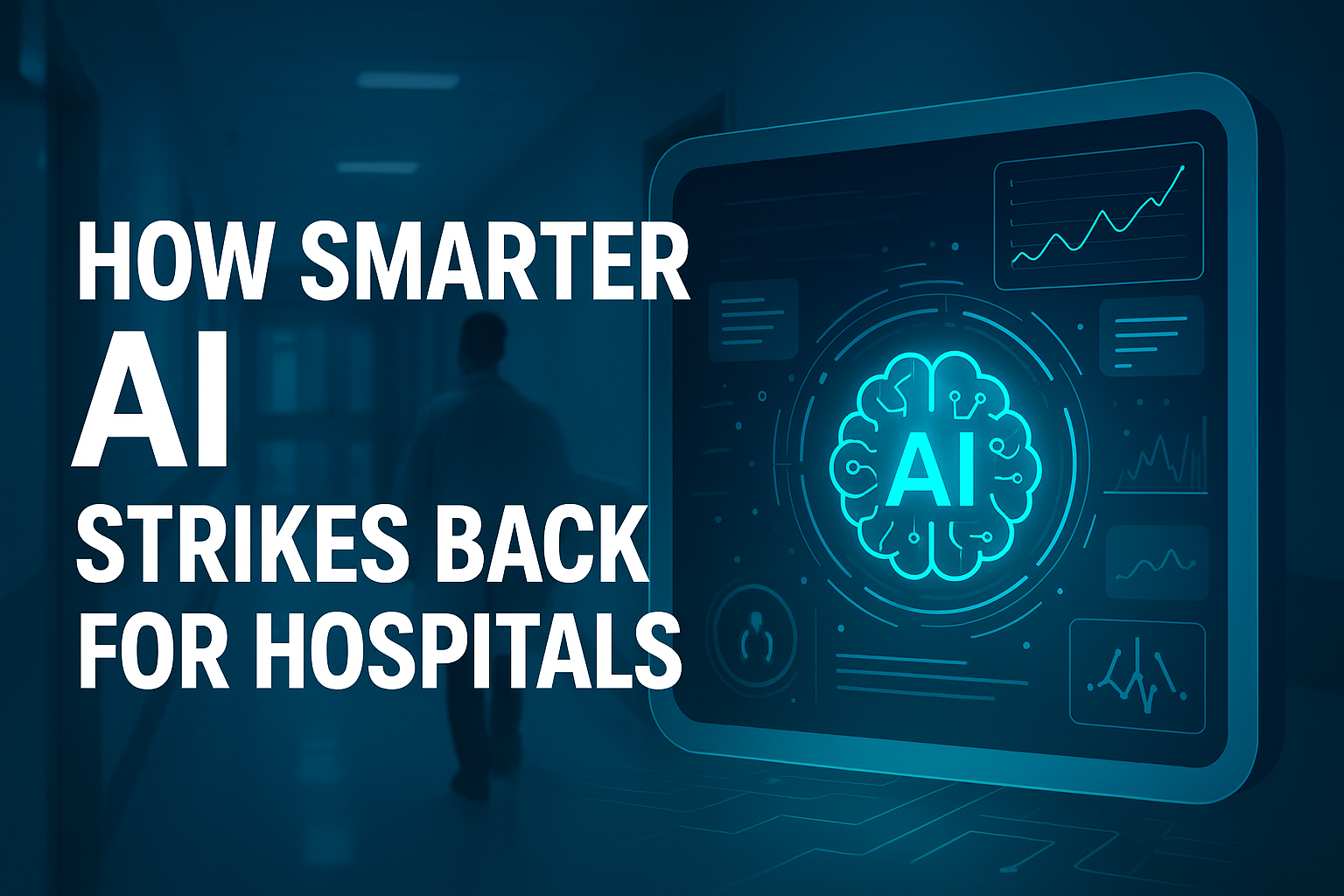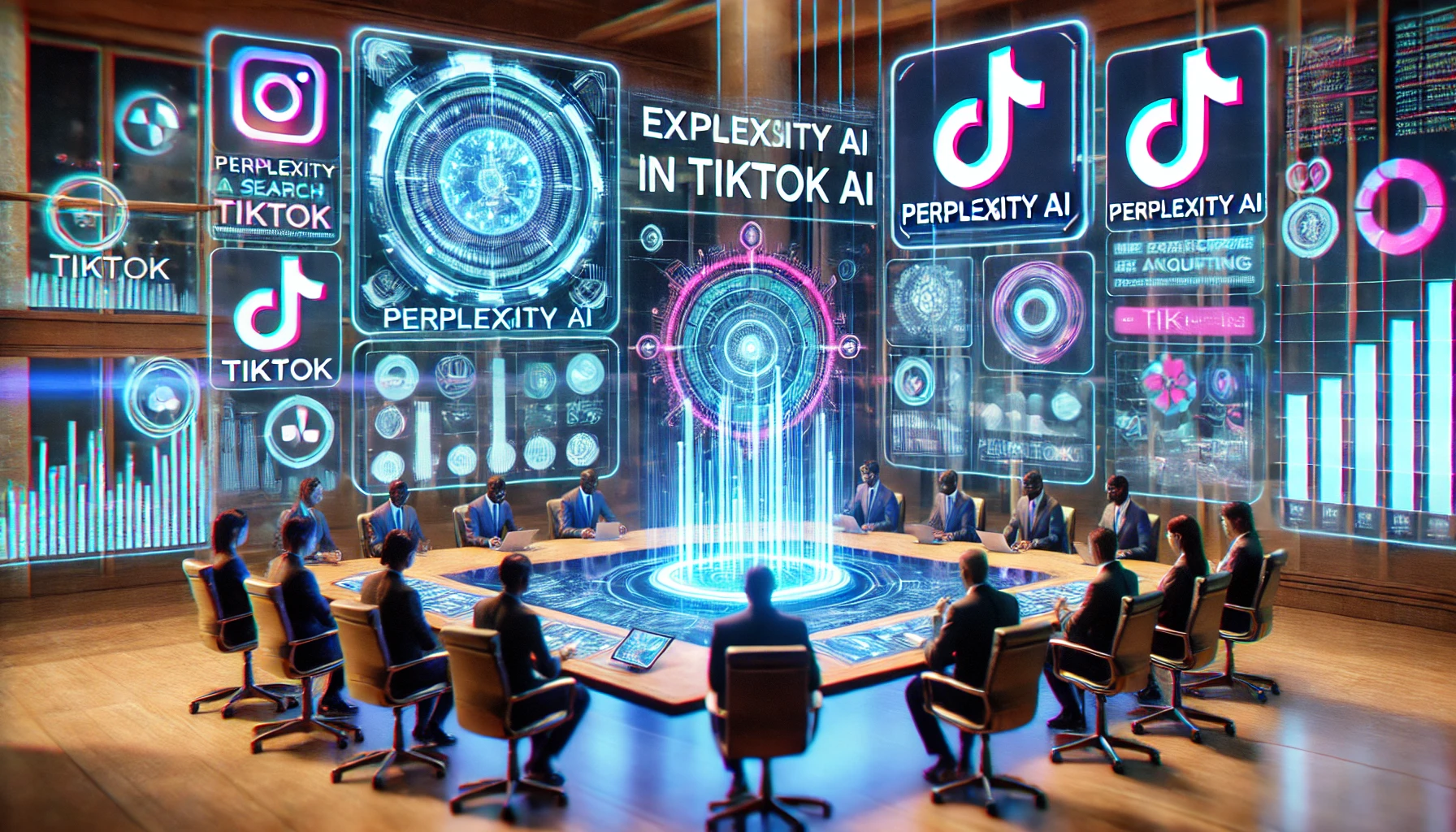Smarter Technologies is a new automation platform developed for hospitals and health systems. It brings together three companies: revenue cycle management (RCM) services businesses Access Healthcare, AI-powered revenue cycle automation platform Thoughtful.ai, as well as clinical insights AI business SmarterDx, all recently acquired by New Mountain Capital.
Smarter Technologies CEO Jeremy Delinsky, the former CTO of athenahealth and founding COO of Devoted Health, who will be doing a fireside chat at MedCity INVEST on May 20th in Chicago with Editor-In-Chief Arundati Parmar, offered an overview of the newly formed business and the factors behind its launch.
Could you give an overview of how Smarter Technologies’ platform works and why make this move that the industry has not seen before?
First off, thank you and MedCity News for taking time to cover our launch. It’s a really exciting day for Smarter Technologies and our newly combined company as we introduce the industry’s first automation and insights platform for healthcare efficiency.
This investment in Smarter Technologies represents the largest healthcare platform investment by New Mountain Capital to date, ushering in a new kind of technology platform across the healthcare revenue management continuum. We are defining a new way of providing these kinds of AI-powered technologies and how provider organizations leverage services as software. It’s never been done before.
We view AI as healthcare’s next great productivity unlock for hospitals and health systems. That said, AI alone is not magic. It’s not a silver bullet. Enter Smarter Technologies. We are bringing together the team, talent and innovations of SmarterDx, Thoughtful.ai, and Access Healthcare to leverage the power of AI to unlock dramatically better revenue cycle outcomes for providers with minimal disruption, a high degree of flexibility and predictability, at a radically lower cost.
Under a unified brand and leadership team, Smarter Technologies combines the leading, lowest-cost-to-deliver revenue cycle operations and services company (Access Healthcare) with the leading provider of proprietary clinical AI for revenue integrity (SmarterDx), and the leading AI-powered business and revenue cycle automation platform (Thoughtful.ai) — all in a single platform to automate hospitals’ existing revenue cycle management workflows and deliver ROI, from day one.
Unlike traditional models, Smarter Technologies focuses on enabling in-source teams at provider organizations and our industry partners with modular solutions that are EHR-agnostic and give them the leverage they need. Providers don’t need to change anything in their current technology environments. They’re not rewriting anything, and they don’t have to train their staff on AI tools. We are bringing offerings that complement hospitals and health systems where they are, so they maintain strategic control and pick from a menu of offerings that help them address administrative burdens, rising operational costs, rising claim denials, the pressure to improve cash flow, and the need to keep pace with technological and regulatory changes.
Providers are 2-5 years behind payers when it comes to leveraging the power of AI. We’re going to change that, and we can do it in relatively short order.
As a combined force, Smarter Technologies brings unique scale to this challenge as we now have more than 27,000 employees serving more than 200 clients, over 60 hospitals and care delivery organizations, supporting more than 500,000 providers, over 70 RCM and EHR systems and industry partners, and we process more than 400 million transactions annually, with over $200 billion in revenue managed.
Providers’ efforts to get paid and operate better are long-standing and fundamental challenges. Smarter Technologies wants to bring a new AI-driven automation platform to support providers. Why has it been so hard?
It’s not hyperbole to say AI is the biggest disruptor to healthcare payments since the shift toward automation started more than 20 years ago. Back then, technology-enabled payers significantly increased the complexity of claims adjudication technology stacks along with rapid acquisitions of other insurers. These developments slowed down the payment cycle and led providers to radically speed up their ability to process claims, drastically reducing the total number of AR days — the average number of days a company needs to collect cash from customers who paid using credit. Like all technological races, payers and providers eventually found an equilibrium, where denial rates and AR days both stabilized. Counterintuitively, all the automation deployed in the mid-2000s didn’t lower aggregate revenue cycle costs — it freed up cash for providers to increase their spending on administrative staff. Paradoxically, technology designed to boost efficiency and speed up cash collection also increased overall costs, which were eventually passed on to purchasers, including health plans, government, employers, and patients.
To some observers of recent history, deployment of AI would appear on the surface to be a new technology arms race, in which health plans invest first, health systems and hospitals catch up, there’s a certain level of disruption, and eventually a new equilibrium emerges. But it would be a mistake to assume that the AI-led disruption of today will play out similarly to the changes wrought by automation, and this is for a few key reasons.
Much of the investment by payers in AI was deployed during the pandemic years, when high-cost utilization was low and health plans saw relative windfalls, whereas providers had to get lifelines from the government to maintain cash flow. While those lifelines did help keep cash levels high, the providers’ AI capabilities are now well behind the payers. Health insurers typically lead the deployment of new technology, but the capability gap is much wider than normal.
Payers, then, have more sophisticated tools designed to increase denials and slow down revenue cycle operations, leading to modest increases in provider AR days — for the first time in two decades.

In the past, health systems would respond to new technological capabilities with a straightforward playbook: invest in new technology to counter the payers, hire more administrative staff to manage claims, and pass the prices along to purchasers over time. But the problem is that purchasers have already had to absorb massive price hikes to account for the unprecedented rise in clinical labor costs stemming from the pandemic (typically north of 20 percentage point increases).
Health systems have limited leverage to increase staff and almost no ability to pass along steeper price hikes. In fact, the price increases they were able to achieve (typically 10% to 12%) were not able to fully account for clinical labor cost increases; they have relied on increased utilization to pay the difference. We think Smarter Technologies and our new automation and insights platform and modular offerings can help health systems and hospitals confronted with growing administrative and operational challenges. They need a new kind of flexible, revenue cycle management platform that brings together the best human-driven technologies, proprietary agentic AI (a form of AI that can autonomously make decisions and perform tasks with minimal human oversight), global operations, and strategic insights at scale.
What is the current healthcare industry standard for how much it costs hospitals to collect payment? Industry studies point to hospitals and health systems conservatively spending an estimated $40 billion annually on costs associated with billing and collections. How much does Smarter Technologies expect to impact that number?
The healthcare industry standard for the cost of hospital payment collection is generally a percentage of the revenue generated. This typically ranges from 4% to 10% of total revenue. This percentage covers all costs tied to billing, including technology, staff, and overhead. Health systems and hospitals are also managing dozens of IT systems. Giving them the technologies and scale to automate their administrative workflows is critical as they focus on their core mission to provide an amazing patient experience. Our goal is to have Smarter Technologies’ platform be the catalyst of a great healthcare unlock, both technologically and financially.
Hospitals are still updating EHRs to facilitate interoperability and other initiatives to support interoperability and data security, invest in new medical equipment, etc. How can they be expected to invest in AI as aggressively as payers, who don’t have those expenses?
Great question. Your observation highlights a key structural difference between providers and payers when it comes to investing in AI and emerging technologies. Here’s how this dynamic often plays out as hospitals are capital-intensive organizations with ongoing, non-discretionary infrastructure costs related to things like EHR upgrades to meet interoperability standards, cybersecurity hardening to protect patient data, compliance with HIPAA and CMS rules, and replacement and upgrade of clinical and diagnostic equipment. These priorities can divert both capital and human resources from experimental or high-upside areas like AI.
Payers, on the other hand, operate primarily in the digital domain, not facing the same physical infrastructure burden, and their fundamental business model is data-rich and inherently lends itself to AI applications in claims processing, risk prediction, and fraud detection. Because of that, they have been able to move faster and more aggressively on AI initiatives.
Source: https://medcitynews.com/





